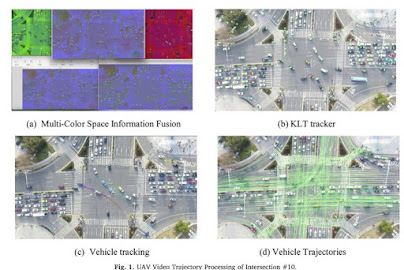With the advent of the era of big data, machine learning has become the core technology in many fields. Behind this, the two mathematical tools of matrix and vector play a crucial role. This article aims to explore the widespread use of matrices and vectors in machine learning and the mathematical principles behind them, so as to reveal how these two provide powerful support for machine learning.
I. Basic Concepts of Matrices and Vectors
matrix: A matrix is a two-dimensional array, usually consisting of the intersection of rows and columns. In machine learning, matrices are often used to represent datasets, weights, biases, etc.
vector: A vector is a one-dimensional array that can be viewed as a matrix with only one column. Vectors are often used to represent features, weights, etc., of data.
II. Application of Matrices and Vectors in Machine Learning
Data representation and processing: In machine learning, data is usually stored and processed in the form of matrices. Each row represents a sample and each column represents a feature. This representation facilitates various mathematical operations and model training.
Linear algebra operation: operations between matrices and vectors, such as matrix multiplication,Matrix transposeMatrix inversion, etc., provide a powerful mathematical tool for machine learning. For example, in theLogistic regressionThe predicted value can be calculated efficiently by matrix multiplication; In support vector machine, matrix inversion plays a key role.
Optimization algorithmMany machine learning algorithms involve optimization problems, such as gradient descent, least square method, etc. The core of these algorithms is based on matrix and vector operations, so as to find the optimal model parameters.
Feature Dimensionality Reduction and Selection: by matrix decomposition,Principle component analysisAnd other methods can reduce the dimension of high-dimensional data and extract the most important features. This not only reduces the amount of computation, but also improves the generalization ability of the model.
Neural Network: In deep learning, the core of a neural network is a weight matrix and a bias vector. By constantly adjusting these matrices and vectors, neural networks can learn complex patterns in the data, enabling highly accurate prediction and classification.
III. The Mathematical Principles Behind Matrices and Vectors
Fundamentals of linear algebra: The operation of matrices and vectors is based on the fundamentals of linear algebra, such as the system of linear equations, vector space, linear transformation, etc. These principles provide a solid mathematical foundation for machine learning.
Probability theory and statistics: Many machine learning algorithms involve probability theory and statistics, such as Gaussian distribution,Covariance matrixEtc. These concepts are closely related to matrices and vectors and together constitute the theoretical system of machine learning.
Matrices and vectors, as mathematical tools, play a pivotal role in machine learning. They not only facilitate the representation and processing of data, but also provide powerful support for the implementation of various machine learning algorithms. With the continuous development of machine learning technology, the application of matrix and vector will be more extensive and in-depth. In the future, we can expect more mathematical tools to be combined with machine learning to drive greater breakthroughs and development in this field.











.jpeg)







.jpeg)




